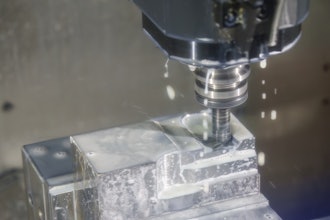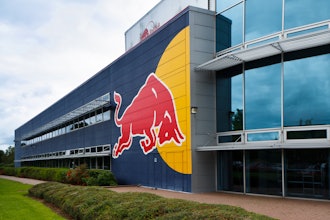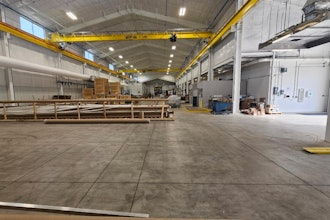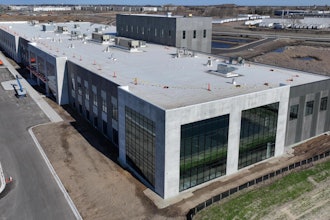
 Kristin Ruehle
Kristin RuehleOver the past decade, manufacturers have increasingly looked to technologies such as cloud computing, big data analytics, 3D printing and robotics to transform everything from marketing and sales to supply chain management. With each passing year, the vision of what we at Accenture term ‘Industry X.0’ comes a step closer: a seamless, data-driven manufacture and supply chain that delivers greater efficiency and customer centricity than ever before.
During this revolution, however, one key element of the manufacturing enterprise has been all but forgotten: procurement. Even at this relatively late stage of digital transformation many manufacturers retain outdated procurement processes and technologies. Until these are modernized, Industry X.O will be little more than a pipe dream.
Outcomes vs. Process
Manufacturers have, of course, continued to invest in procurement systems over the years. Most today use eProcurement systems and a significant number have even embraced cloud-based tools. However, unless these are implemented properly, with business benefit in mind, these systems do little more than digitally replicate analogue procurement processes. Unless your procurement tools focus on outcomes and experiences above mere process, they will not deliver the transformational benefits your organization requires.
So, what does a truly digital procurement function look like? For me, the answer lies in this simple statement: digital procurement is focused on business outcomes and user experience. It enables cost efficiencies through the automation of repeatable tasks; it delivers AI-enabled real-time insights to help the business make better decisions; and it deploys new and smarter ways to infuse data models to enrich day-to-day operations. What’s more, digital procurement provides manufacturers with a way to build new relationships with suppliers and other third parties to innovate new business models and collaborative relationships.
In the digital enterprise, procurement tools are as user-friendly as consumer services from Amazon, and like Amazon they put a growing pool of internal and external data insights into the hands of stakeholders. This is a new way of thinking about procurement that will enable better experiences, increased control and competitive differentiation. As such, it is an important element of the wider Industry X.O transformation.
Getting Started
As with any large-scale change, knowing exactly where to start can be daunting. My recommendation is for manufacturers to measure the progress of their transformation against five critical success factors:
- Data: Are you sourcing data from outside as well as inside the organization? Are you looking beyond what was purchased, and at what price, to why it was purchased?
- Technology: Are you employing the technologies you need, to make sense of data and provide advanced intelligent support? If you aren’t looking at AI, natural language processing, analytics, and bots, you must start.
- User experience: How intuitive are your procurement tools? The easier they are to use, the more likely your procurement officers will adopt them successfully.
- Skills & talent: Generating true value requires a cross-functional team of people from data scientists to AI specialists, category experts and IT and design professionals. Do you have the talent you need?
- Policies & procedures: Are your procedures outcomes based? Conduct a full review of procurement policies and procedures, then your operating model and ensure everyone understands their new responsibilities.
Act Now
Manufacturers should be under no illusions, however: the digital transformation of procurement will take time to collect the appropriate data in sufficient volume, develop the systems and processes necessary to exploit this data, and build the underpinning analytics and AI capabilities. If organizations delay in this work, they may soon find they are losing out to faster-moving competitors.
Fortunately, many digital procurement capabilities are available as-a-service through the cloud. Not only could the use of such services enable manufacturers to accelerate their procurement journeys, but it also eliminates large upfront costs, making the transformation more palatable to finance. All that remains is for procurement officers to build a vision of what they want their future procurement organization to be able to achieve, and to then work back to create a phased implementation plan.
The Step-Change of Business Process Digitalization
Digitalizing procurement is just the first step in an ongoing journey for manufacturers. Over the course of the next two to four years, digital procurement will continue to evolve at pace, and increasing volumes of data from outside a business’ own ecosystem will feed into corporate decision making. Business that lead in this change will find new business models open to them, while their operations become ever more efficient. Those that are too slow off the mark will quickly fall behind. It’s therefore imperative that all manufacturing organizations look at their procurement journey as a priority and ensure they are at the forefront of this change.
Kristin Ruehle is Global Procurement Business Process Services Lead at Accenture.























